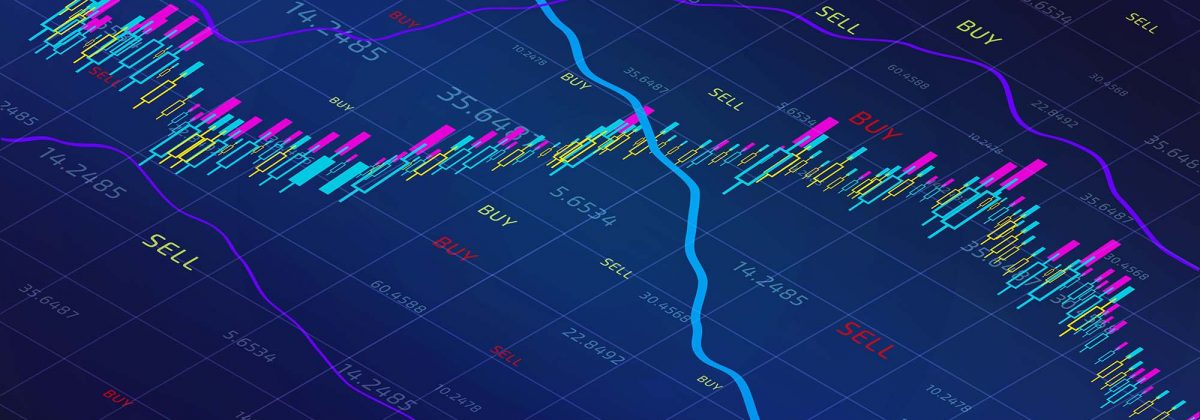How to Develop a Forex Trading Plan?

With a high number of variables in the market, a structured trading plan is essential to protect your money. A trading plan gives a set of rules to follow, even when emotions are guiding you to take conflicting decisions. It allows you to manage trades precisely. The more attuned your plans are to your goals, the further you are likely to go with trading.
So, what makes a good trading plan? There is a misconception that highly experienced traders with vast market knowledge find it easier to craft plans. However, with huge knowledge comes significant confusion about a clear plan. There is no generic plan for anyone. But there are some things that need to be considered while formulating one.
The Risk/Reward Ratio
How much capital do you have? How much of it can you comfortably lose? These are some essential questions to ask. Forex trading comes with risks; especially for leveraged positions. Some losses are expected. This is why keeping your risk-reward profile in mind is useful, when entering into trades.
Your risk tolerance levels can vary. Experts recommend keeping it between 1% and 5% of your capital, on a trading day. This means you need to quit trading when you lose this amount and plan for the next day. Much will also depend on your trading style. For instance, scalpers have a greater risk appetite than long-term traders. It is useful to define risk before entering any trade. Three things are important in your risk-reward profile:
- Trading capital
- Leverage ratio
- Position size (and number of trading positions)
Time Committed to Trading
This pertains to the number of hours in a day you can devote to trading. Based on this, you can choose a trading style. Short term traders, like scalpers and swing traders, need to monitor charts throughout the day. This could be less feasible for someone who pursues FX trading for additional income. Define timeframes on which you wish to trade. Consider avoiding switching between multiple time frames when you are a beginner. Choose the ones you are comfortable with and stick to them.
Creating a Trading Strategy
Plans also depend on your skills. How confident are you that your chosen strategy will work? Master your strategies on a demo account. Tweak the strategies till you are confident about implementing them. Try to find answer to these questions:
- What are your market hours?
- What are the entry setups?
- Which signals will trigger you to entry?
- What are the exit rules?
- What types of orders do you prefer?
- Where will you put your stop losses and take profits?
- Which signals will trigger an exit?
- Which indicators do you wish to combine?
- When and how will these tools be used?
Always try to cut losses short. Having a defined trading plan could ensure that you exit losing trades as quickly as possible.
Technical Analysis or Fundamental Analysis?
Currency movements are influenced by many geo-political factors. Use credible resources to keep track of various market moving news releases, data publications and other events. This will aid in informed decision making. You can avoid or modify your strategies around expected volatility triggering events. Fundamental and technical analyses are two approaches towards doing this.
Fundamental analysis attempts to predict the true value of a currency pair. Common tools in this methodology are:
- Economic calendar
- Political news sources
- Statistical bulletins
- Market news portals
- Earnings data
Technical analysis involves using certain tools to predict future price movements. This includes honing your chart analysis skills. Common tools for this strategy are:
- Price charts
- Trend indicators
- Volume indicators
- Support and resistance levels
- Momentum indicators
Also, be prepared for the markets. Continuous education and research will help you evolve with the fast-changing global financial markets.
Choice of Trading Platform
Your choice of a trading platform can determine your execution speed, access to real-time prices and market liquidity, choice of trading tools and technical indicators, as well as risk management strategies. If you are someone who is constantly on the move, consider choosing a platform with multi-device operability to give you flexible access to the markets. MetaTrader 4 (MT4) and MetaTrader 5 (MT5) are some of the most popular, stable and highly secure trading platforms in the FX market. Along with plenty of features, they also allow algorithmic forex trading through Expert Advisors.
Testing Your Trading Plan
Consider avoiding trades with real money until you gain familiarity with the market and the trading platform. It is useful to first practice on a demo account. This is also where you can test your trading strategies and improve them as you learn. Another good idea is to keep a trading diary. When you have a trading plan in place, consider writing it down in a journal.
Trading journals are great tools to evaluate what works in your favour and what doesn’t. You can record your wins and losses and use the information to improve performance. This way you get to review your progress and ensure discipline. You can go back to past records to analyse performance of particular trade set-ups too.
Perhaps the most important aspect is to give the plans a chance to work. Having a sound trading plan is necessary, but without patience and discipline they might not prove useful. Avoid the temptation to switch plans immediately after the first few losses.
Lastly, ensure that you have the right frame of mind while trading. Distractions and letting emotions rule you could lead to bad decision making. This includes taking care of your physical and mental health. The support of a regulated forex broker could make a huge difference in your trading journey as well.
Reference Links
- https://www.investopedia.com/articles/trading/04/042104.asp
- https://forexmonopoly.com/7-factors-to-consider-while-making-forex-trading-plan/
- https://www.tradingheroes.com/forex-trading-plan-guide/







